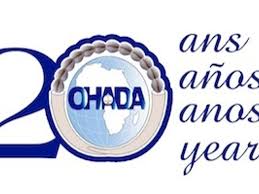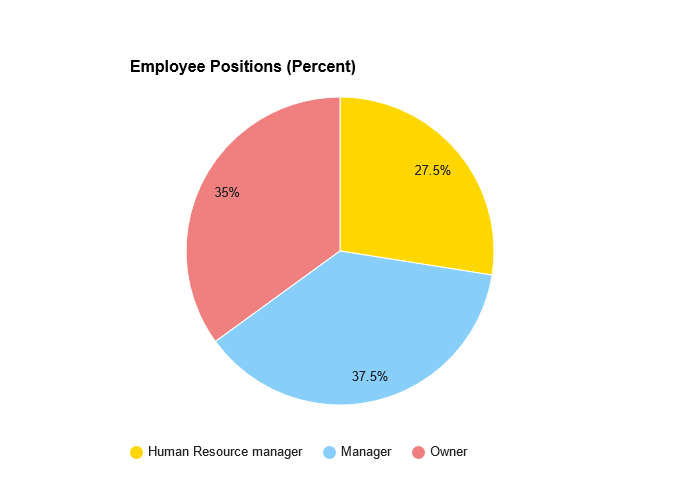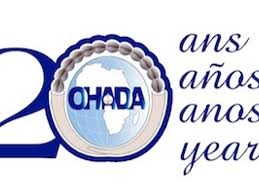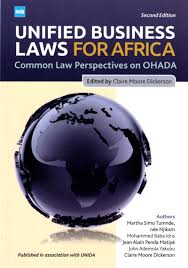
Protecting Your Assets: Understanding Sequestration under the OHADA Uniform Act
Alice (Small Business Owner): John, I’ve been hearing a lot about OHADA's new rules on sequestration and enforcement measures, especially when it comes to tangible movable property. Can you break it down for me? How does this affect my small business?
John (OHADA Business Lawyer): Absolutely, Alice. The Uniform Act of 17 October 2023 brings some significant updates, especially in the way sequestration is handled. To put it simply, sequestration is a legal process where a creditor can secure their claim by attaching or freezing the debtor's movable assets. This is particularly useful if there’s a concern that the debtor might dispose of their property before settling the debt.
Alice: That sounds serious. What exactly does the attachment process involve?
John: It is indeed a serious measure, but it's designed to protect creditors like you. The attachment process begins when a Bailiff or Process-server initiates it. They’re required to remind the debtor to disclose any previous attachments on the same property, as noted in Article 64. This ensures transparency and avoids complications if multiple claims are involved.
The Bailiff then creates a detailed report, which is crucial because it must include specific information such as:
- A reference to the court's decision or enforceable instrument that justifies the attachment.
- The identities and addresses of both the creditor and the debtor.
- A detailed description of the attached property.
This report must also clearly state that the attached property is inalienable, meaning it cannot be sold or transferred until the matter is resolved.
Alice: What if the debtor isn’t present when this happens?
John: Good question. If the debtor is present, the Bailiff must remind them of the consequences of the attachment, especially the fact that the property is now inalienable, as highlighted in Article 65. A copy of the report is then handed directly to the debtor. If the debtor isn’t present, the report is sent to them, giving them eight days to respond with any relevant details, such as previous attachments.
Alice: What happens if the attached property is in the hands of someone else, like a third party?
John: In such cases, Article 67 specifies that the procedure adjusts slightly. The attachment report must include a copy of the court order or enforceable instrument that justifies the action. The debtor also has the right to challenge the attachment in court if the conditions for its validity aren’t met.
Additionally, the attached property is placed under the care of the debtor or a third party agreed upon by both parties, or appointed by the court if an agreement can’t be reached. The property remains inalienable unless there's an urgent and legitimate reason to move it, in which case, the creditor must be informed in advance.
Alice: This seems like a complex process. What if the property isn’t where it’s supposed to be?
John: If the property is missing or damaged, the Bailiff will conduct a verification and report any discrepancies. If the property has been moved, the debtor is obliged to inform the Bailiff of its new location. If they don’t comply, you can take the matter to court, which might impose penalties and even initiate criminal proceedings for misappropriation, as outlined in Articles 71 and 72.
Alice: And what if I want to sell the property to recover my money?
John: If you hold a writ of execution, you can convert the sequestration into a writ of attachment and sale. This process, detailed in Article 69, allows you to notify the debtor that they have eight days to pay the amount owed. If they fail to do so, the property will be sold, either privately by the debtor or, if they don’t act within the stipulated time, through a compulsory sale.
Alice: Wow, that’s a lot to consider. How can I make sure I’m following the rules and protecting my business?
John: The best approach is to stay informed and work with legal professionals familiar with OHADA laws. Additionally, implementing a robust accounting system like Solafide Accounting can help you manage these processes efficiently, ensuring you’re always prepared to take the necessary legal steps to protect your assets.









